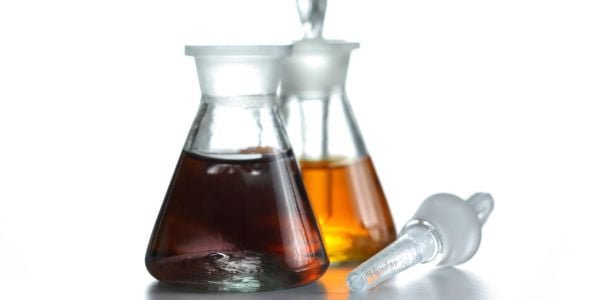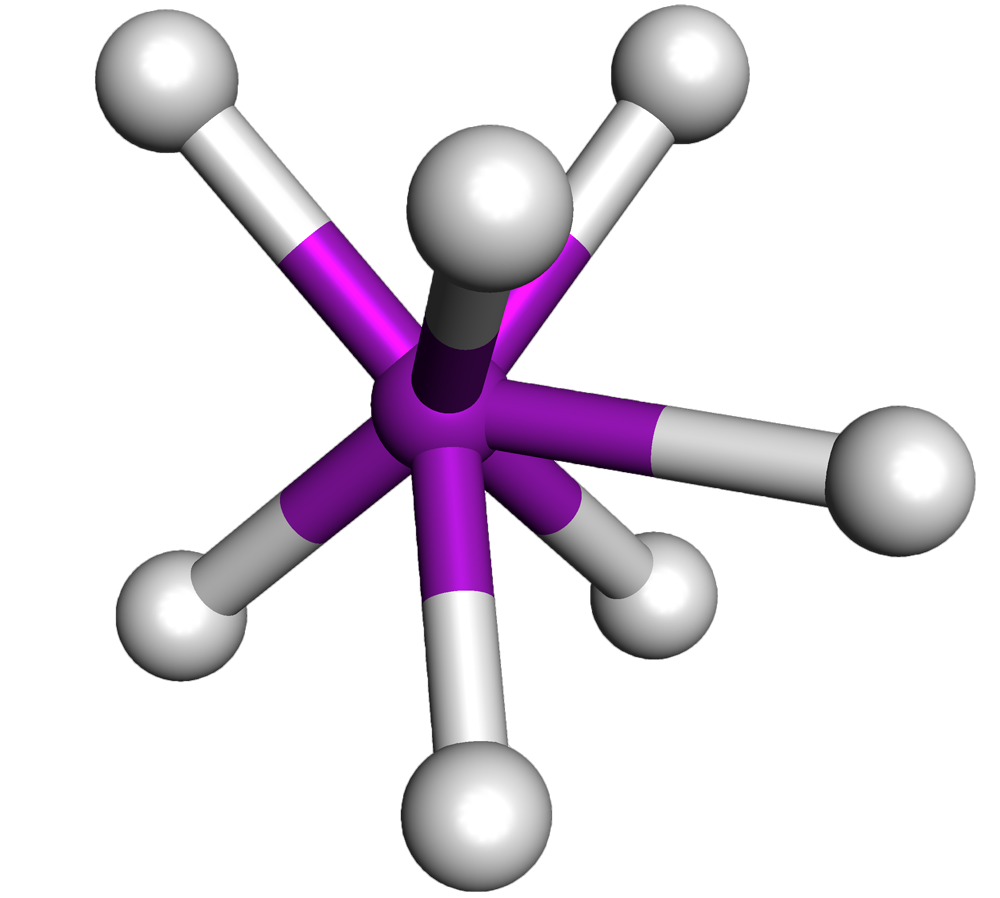Table of Contents
Introduction
Butanoic acid, also known as butyric acid, is an organic compound belonging to the carboxylic acid family. It is a short-chain fatty acid with a distinct odor and taste. Butanoic acid is widely used in various industries and has gained significant attention due to its diverse applications and potential health benefits.
Properties of Butanoic Acid
Chemical Formula: C4H8O2
Molar Mass: 88.11 g/mol
Melting Point: -7.9°C
Boiling Point: 163.5°C
Density: 0.96 g/cm³
Solubility: Miscible in water, ethanol, and ether
Butanoic acid is a colorless liquid with a pungent smell, often described as being similar to rancid butter or sweat. It is highly soluble in water, which contributes to its wide range of applications.
The Chemical and Physical Properties of Butanoic Acid
1. Chemical Properties of Butanoic Acid
The balanced equation for the reaction between butanoic acid (C4H8O2) and sodium hydroxide (NaOH) is as follows:
C4H8O2 + NaOH → NaC4H7O2 + H2O
The reaction produces sodium butanoate (NaC4H7O2) and water (H2O) as the products. Carbon dioxide (CO2) is not involved in this particular reaction.
1. Molecular Formula and Structure:
The molecular formula of butanoic acid is C4H8O2, indicating that it consists of four carbon atoms, eight hydrogen atoms, and two oxygen atoms. Structurally, it features a carboxyl group (-COOH) attached to a four-carbon chain.
2. Acidic Nature:
As a carboxylic acid, butanoic acid exhibits acidic properties. The carboxyl group dissociates in solution, releasing a hydrogen ion (H+). This property makes butanoic acid capable of donating protons and participating in acid-base reactions.
3. Solubility:
Butanoic acid is miscible in water, meaning it can dissolve in water in any proportion. This solubility is attributed to the presence of the polar carboxyl group, which can form hydrogen bonds with water molecules.
4. Reactivity:
Butanoic acid can undergo various chemical reactions. It readily reacts with bases to form salts known as butanoates or butyrates. It also participates in esterification reactions, where it reacts with alcohols to form esters, contributing to its fragrance and flavor applications.

Physical Properties of Butanoic Acid
1. Physical State:
At room temperature, butanoic acid is a colorless liquid. It has a boiling point of 163.5°C and a melting point of -7.9°C. The liquid state allows for easy handling and application in various industries.
2. Odor and Taste:
Butanoic acid is well-known for its strong and distinct odor. It is often described as having a rancid butter or sweat-like smell. The pungent odor is responsible for its utilization as a flavoring agent in the food industry. In terms of taste, it has a sour and somewhat unpleasant flavor.
3. Density:
The density of butanoic acid is approximately 0.96 g/cm³. This property indicates that it is slightly denser than water, which has a density of 1 g/cm³. The density is relevant for applications that involve the separation or purification of butanoic acid.
4. Vapor Pressure:
The vapor pressure of butanoic acid is relatively low. This characteristic means that at normal temperatures, it does not readily evaporate into the air. However, with increased temperature, the vapor pressure increases, facilitating its conversion into a gaseous state.
Uses of Butanoic Acid
1. Flavoring Agent:
Due to its distinctive odor and taste, butanoic acid is commonly used as a flavoring agent in the food industry. It is particularly employed in the production of dairy, fruit, and butter flavors, as well as in the preparation of artificial flavorings.
2. Pharmaceutical Industry:
Butanoic acid serves as an important intermediate in the synthesis of various pharmaceutical compounds. It is utilized in the production of analgesics, antiseptics, and anti-inflammatory drugs.
3. Perfumery and Cosmetics:
The fragrance industry extensively employs butanoic acid in the creation of perfumes, colognes, and other scented products. Its odor profile makes it suitable for incorporating notes of cheese, pineapple, and fruity aromas.
4. Animal Feed:
Butanoic acid is used in animal feed additives due to its potential health benefits. It can improve digestion and nutrient absorption in livestock, promoting overall animal health.
5. Industrial Applications:
Butanoic acid finds applications as an intermediate in the manufacturing of plastics, polymers, and resins. It is also utilized as a solvent in various industrial processes.
6. Energy Production:
Certain microorganisms, such as bacteria and yeast, can produce butanoic acid through fermentation. This property has led to research on utilizing butanoic acid as a potential biofuel.
Health Benefits of Butanoic Acid
1. Digestive Health:
Butanoic acid plays a crucial role in maintaining a healthy digestive system. It acts as a source of energy for the cells lining the colon and promotes the growth of beneficial gut bacteria.
2. Anti-inflammatory Properties:
Research suggests that butanoic acid possesses anti-inflammatory properties, potentially aiding in the management of inflammatory bowel diseases such as Crohn’s disease and ulcerative colitis.
3. Antimicrobial Effects:
Butanoic acid exhibits antimicrobial activity against various pathogens, including bacteria, fungi, and certain viruses. This property makes it a potential candidate for the development of antimicrobial agents.
Also, read What is a heterotroph































Comment on “Butanoic Acid (C4H8O2): Properties, Uses, and Applications”
Comments are closed.